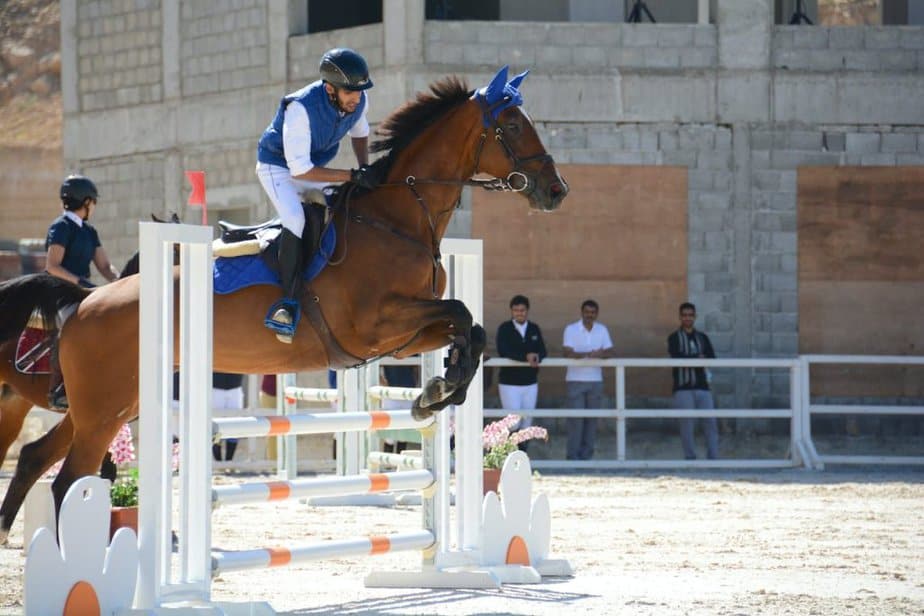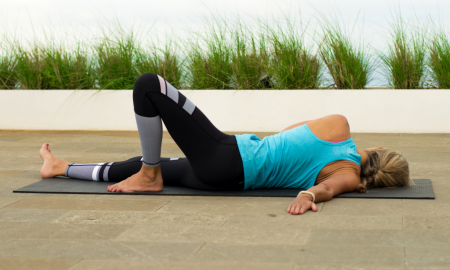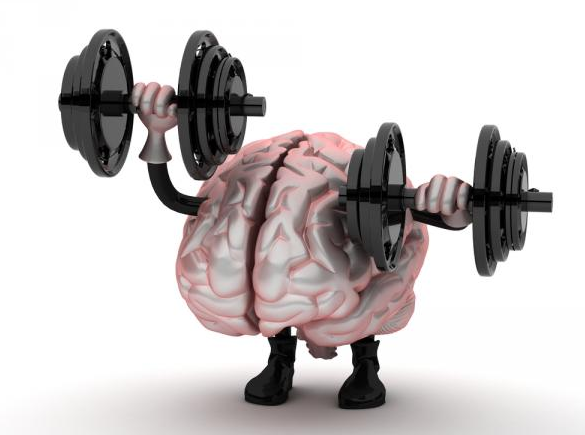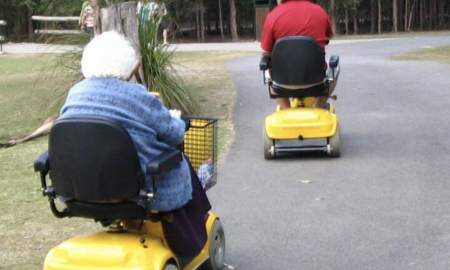
In horse racing, most of the time the horse gets all the credit for winning races, but let’s not forget that we have jockeys, which are also responsible for the result. When we talk about some of the toughest athletes on the planet, we immediately think about fighters or football players, and very rarely see jockeys on that list.
Just because they have a small physique, it doesn’t mean that they are not tough. In fact, jockeys sacrifice a lot when it comes to maintaining a fitness level worthy enough to compete in the big leagues.
Additionally, horse racing is really tough and jockeys need to have muscle strength, mental focus, low body weight, and quick mind in order to win races.
This is where we ask the question, what is the secret fitness regimen for horse racing jockeys, and how do they manage to keep fit at all times?
Let’s find out.
Jockey’s Life
A horse racing jockey’s life is not always glamorous. They are some of the toughest athletes in the world. They must not only keep as light as possible in order to meet the weight requirements for their ride, but they must also maintain as much strength in their arms and legs as possible in order to push their horse out to the finish line in a tight finish.
It’s amazing to see jockeys on horses riding about racetracks. Their form and fitness have a significant impact on how well they perform. It is, in fact, one of the factors that punters consider when placing their wagers.
If you don’t know much about horse racing betting, the type of bets, and why jockeys play an important role click here to find out more: https://www.twinspires.com/betting-guides/beginners-guide-betting-horse-racing/
What stands out among jockeys? Almost all of them are small and slim. More than that, they must have a strong enough body to maneuver a massive beast that can reach speeds of 40 miles per hour. Their bodies would not be able to handle such nimble monsters to the finish line if they were not strong enough.
Physical health is equally crucial for injury prevention and decision-making. It is also simpler for jockeys to achieve weight restrictions. Jockeys work hard on race days. Some of them compete in ten races in a single day.
Their riding performances must not deteriorate in order for them to remain in the industry. Their performance in the first race should be similar to their performance in the final event. Discipline is essential in a competitive sector like horse racing.
Workout Regimen
Jog Around the Track
When riders arrive at a racetrack, they frequently jog around the track. They’ll put on a one-piece tracksuit and strive to sweat as much as they can throughout their run. The difference between making the weight for a ride as a jockey and losing this additional weight might be as low as a couple of pounds.
The length of a racecourse varies across the country, although the majority are roughly 1 mile and 6 furlongs, or 2,800 meters. They will weigh themselves after this jog and aim to be under the maximum permitted. If they are not quite there, they will most likely have to repeat the lap.
Lack of fitness not only causes stiffness and muscular strain at a time when you need to be at your best, but it may also lead to lower scores or even accidents when your body fails to respond precisely when you need it to or begins to collapse with tiredness, throwing your horse’s balance off.
Diet
The jockey diet is essential for them to be light and healthy while competing. Most of them will have porridge prepared from oats and water in the morning. This shall be consumed at least one hour before the departure of a group of horses from their yard. They will eat something light for lunch, such as a salad.
Evening meals are always eaten before 7 p.m., and most jockeys consume fatty fish with a little piece of vegetables. If they consume a large dinner, it may alter their weight for the day.
Weights and Exercises
Jockeys must not only engage in cardiovascular exercise, but they must also lift weights at least twice a week to maintain strong arms. They will train on their biceps, triceps, and quadriceps separately since these are the muscles that will be used when riding their horses to the finish line in a close race.
Squats, jump lunges, burpees, bear crawls, flutter kicks, and single-leg deadlifts are all part of a typical professional jockey training routine.
Final Words
These are some of the ways jockeys stay fit at all times. It is a lot of hard work where the recipe for success lies in dedication. If you decide to become a jockey, this must become the way you live.


















Follow Us